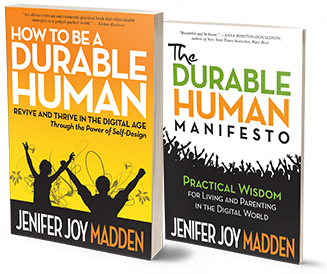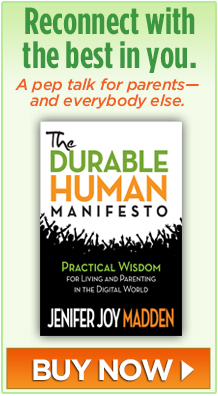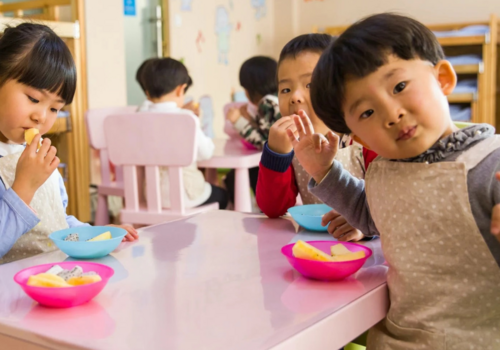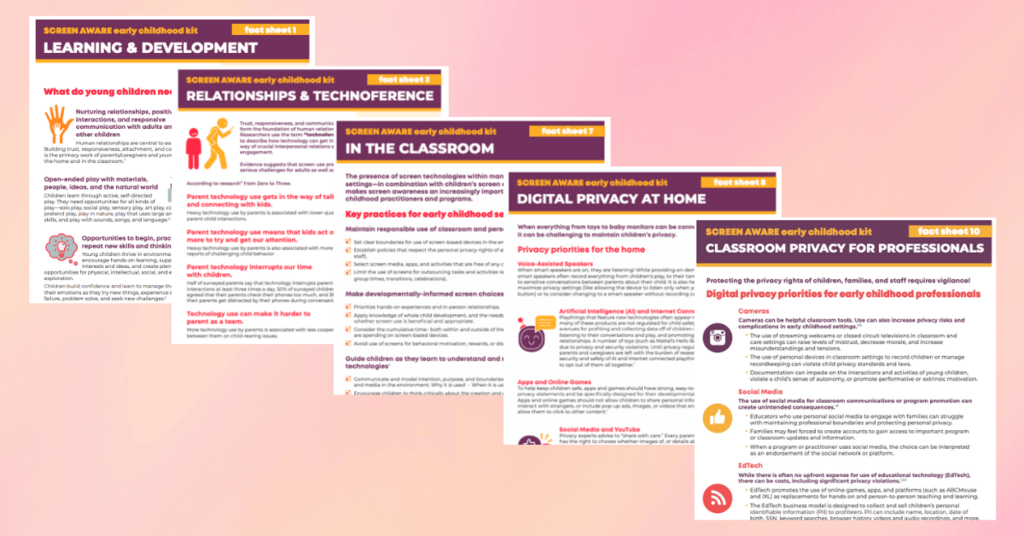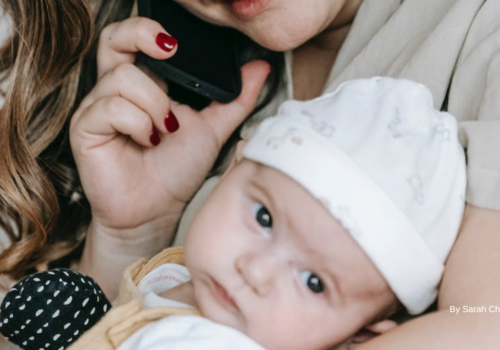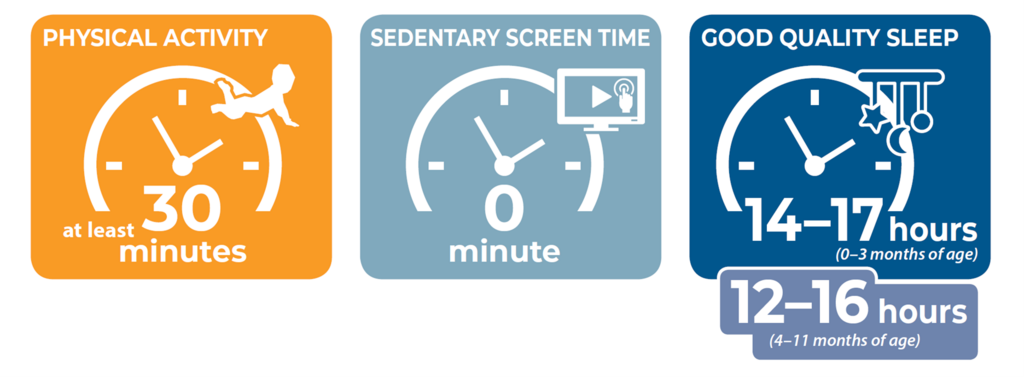
You know about 911, but the 988 Suicide & Crisis Lifeline may still be a mystery.
Just as you call 911 for emergencies that threaten your body, calling 988 safeguards your mind. The free, confidential service is available to anyone in the U.S. who is in emotional distress or having a mental health or substance abuse crisis.
After one year of operation, the Lifeline is working.
“80- to 90%-plus of people who contact 988 are going to be de-escalated over the phone and ideally connected to local resources,” said National Alliance for Mental Illness Chief Advocacy Officer Hannah Wesolowski at a 988 anniversary event hosted by Hill.
4 million people contacted 988 in the first year. One hundred thousand new people reach out every week.
988 Suicide & Crisis Lifeline is Like 911, but Different
Here are 5 essential facts about the 988 Suicide & Crisis Lifeline:
Continue reading
